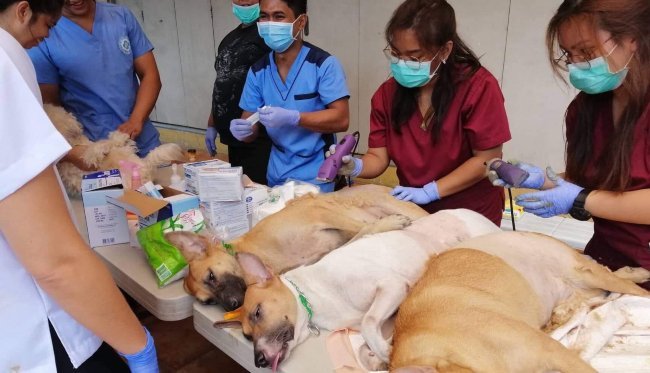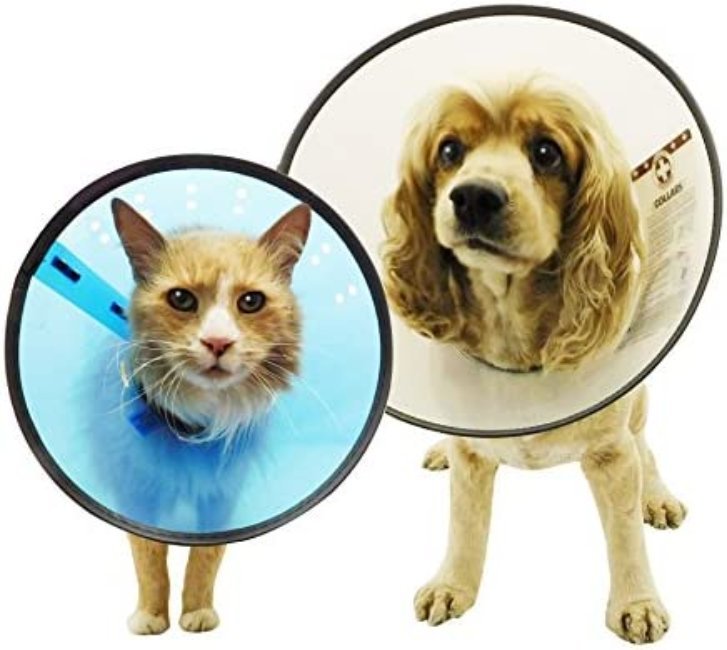KAPON: Why Spay and Neuter Our Pets?

Being a first-time fur parent can be an overwhelming job because all you are concerned with is their well-being and health. From choosing the best food for them to ensuring they receive vaccinations to keep them protected from diseases.
As dedicated pet owners, we are committing to plenty of responsibilities, one of which is bringing our pets to the nearby animal clinic to have them spayed or neutered.
Spay vs. Neuter
The terms “spay” and “neuter,” which both refer to surgically sterilizing an animal, differ based on the animal’s gender.
The female animal’s reproductive organs are removed during spaying; it includes the ovary and sometimes the uterus. While neutering describes the process of removing a male animal’s testicles.


Benefits of Spay and Neuter
Medical Benefits
This process guarantees that your animal won’t reproduce and aids in reducing pet overpopulation.
A reduced number of unwanted pets in your community will lessen the number of stray and starving animals, bite incidences, and euthanasia.

In addition, this procedure will help our pets live healthier, longer lives.
The risks of breast cancer, uterine infections, and pyometra are decreased for females, and the risks of testicular cancer and other prostate issues are decreased for males.
Behavioral Benefits
Our pets will no longer have heat cycles or the desire to find a mate with the help of spaying and neutering.
This will reduce the tendency of them to leave our houses and be exposed to potential harm.

Many unwanted behaviors will also be eliminated such as fighting, spraying, and marking.
Additionally, spayed or neutered pets tend to be less aggressive and generally show their owners more affection.
Our pets’ behavior will improve as a result, making them happier and more pleasant. Most importantly, less frustration for the owners.

Before Surgery: Things to consider
Usually, the procedure is scheduled. To schedule your pets and get the information you require, go to the nearby veterinarian.
Your pet must be at least 6 months old. There is no maximum age. This may vary in different animal clinics.
A blood test is necessary for pets over 4 years of age to check their blood count and body function. For younger and female pets, blood testing is optional but still highly recommended.
Fasting is required. Do not feed them food or water 12 hours prior to surgery.
How much does it cost?
There are animal clinics offering low-cost spay and neutering, just look at their social media pages. Depending on weight and gender, it will typically cost a minimum of 600 for cats and 1,000 for dogs. Costs for female pets are higher.
While it is expensive for others, the benefits are worth it.
After Surgery: Recovery
Lastly, the veterinarian will prescribe some medications your pets must take after the procedure to ensure a smooth recovery.

All things considered, let’s all practice responsible pet ownership by spaying and neutering procedures to benefit our pets, ourselves, and the community.
John Angelo, who prefers to be called Jao, is a full-time fur parent of his eight aspins. Prior to the pandemic, writing was his weakness, but he has since discovered that aside from his fur babies, writing is something therapeutic.




